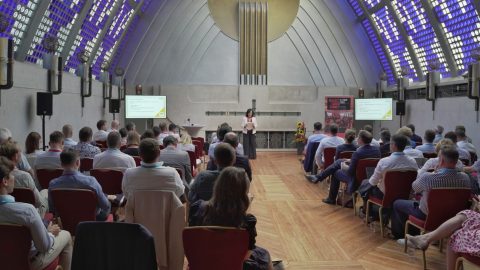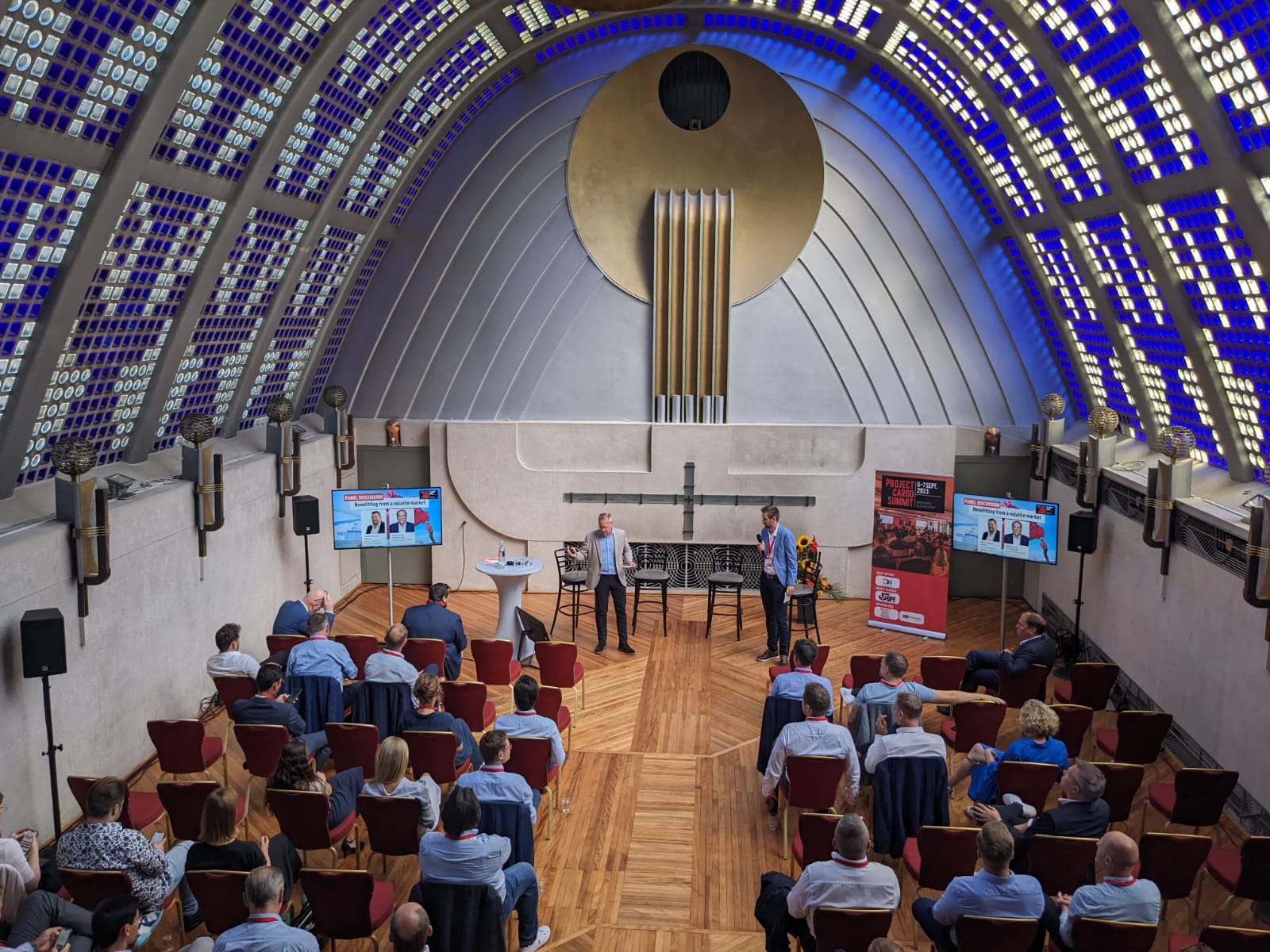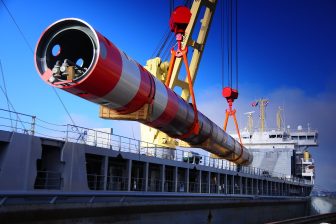
PCS 2023: Solutions are there, decisions must be taken now
Which fuels should you invest in? How can companies in breakbulk and project cargo cope with the volatilities in the recent market? Tough questions had to be asked at the Project Cargo Summit 2023, and many were answered providing solutions to the challenges in the market. “A vessel we build today may be outdated once it hits the market.”
There are always nervous expectations when you put a new concept forward. You worry about the reception, the programme, and the networking options of your event, but Project Cargo Summit 2023 in Bremen has ticked all the right boxes, and it is fair to say that it was a great success.
For the first time since Covid pushed us back into the studio Project Cargo Summit went on tour, and the event was finally a physical one again. And in a new concept, together with the new event RailFreight Connects, a new idea of bringing all the modalities in the supply chain together under one roof was brought to life.
The proceedings kicked off with a site visit to the Neustädter Hafen, offering the guests a closer look into the operations of Europe’s largest terminal for steel products, forestry products and project cargo.
The opening session was a great conversation starter with Maaike Goslinga, Deputy Editor, De Correspondent, opening a journalistic window into the world of container shipping and the formation of giant alliances, one of which, the 2M will no longer continue past 2025. While the effects of this dissolution are yet to be fully understood, the project cargo and breakbulk community believes that their seats at the global shipping table are secure, as long as the service they provide offers a closer and more agile contact with their clients.
But the market is volatile, that is for certain. While there are certain mechanisms allowing the stakeholders and service providers to quote for projects at early stages, it seems like the uncertainty is still there as the constant shifts carry cause for caution as rates offered one day, may be way off the mark tomorrow, or especially further on in the future. Contracts need to be even more elaborate with as many flexible clauses as possible to accommodate the market movement.
There are more factors affecting the operations, such as new regulatory frameworks, especially when it comes to emission reduction. The whole supply chain needs to hit its marks, but it seems like the vessels are at the forefront of this battle to reach net-zero emissions by 2050. Technology is there, we could hear, but the adoption is still slow as it requires major investment while facing uncertainty.
“A vessel we build today, may be outdated once it hits the market,” is one of the remarks made during the sessions. This is because the delivery of the vessels takes longer than all the stakeholders would like as the technology advancements and regulatory standards can change so quickly during the construction period that even a newbuild may not comply. New fuels are being phased in putting all the eggs in one basket is a risk. There are calls for flexibility and modularity in vessel design, especially in the propulsion department. While the fleet needs renewal, it seems like there is a lot of “wait and see” sentiment, even though decisions can’t be postponed further, if the goals are to be reached.

Knock on Effect
Everything is connected. If one link in the supply chain falters, it causes a domino effect. Labour shortage and port congestion remain hot topics and all attendees are in agreement that better cooperation is needed to increase the visibility of the sector and bring in a qualified workforce.
A more focused approach is a must, instead of a dispersed national campaign. The young generations want fast access to job opportunities, mostly via their phones, so it is a necessity to allow them to apply as quickly as possible. These were the two takeaways that all attendees approved of.
Tighter cooperation is also needed in the renewable wind sector where the technology race is causing issues further down the supply chain. Ambitions to produce more renewable wind energy have pushed the manufacturers to build bigger components. These bigger components mean that service providers need to adapt their equipment to bring them either to ports or project sites and with the industry growing, this game of cat and mouse could continue, unless handled properly.
The ports are also in that game as they have to be ready to handle all the project cargo. It is not as easy as expanding their port area. Load-bearing capacity demands are increasing, bigger vessels need to call the ports, and on the offshore end, there are only a handful of installation vessels capable of handling the net generation of components.
Again, calls can be heard for more collaboration, calls for a stop in this one-up race, and calls for standardised solutions that would make the whole supply chain function efficiently.
All the discussions had a serious note and a sense of urgency to them, and all the networking opportunities during the Project Cargo Summit were a good place to form new connections, form collaborations and look into the solutions that can ensure the goal of reaching net zero by 2050 does not fail because the supply chain could not adapt.
You just read one of our premium articles free of charge
Want full access? Take advantage of our exclusive offer




